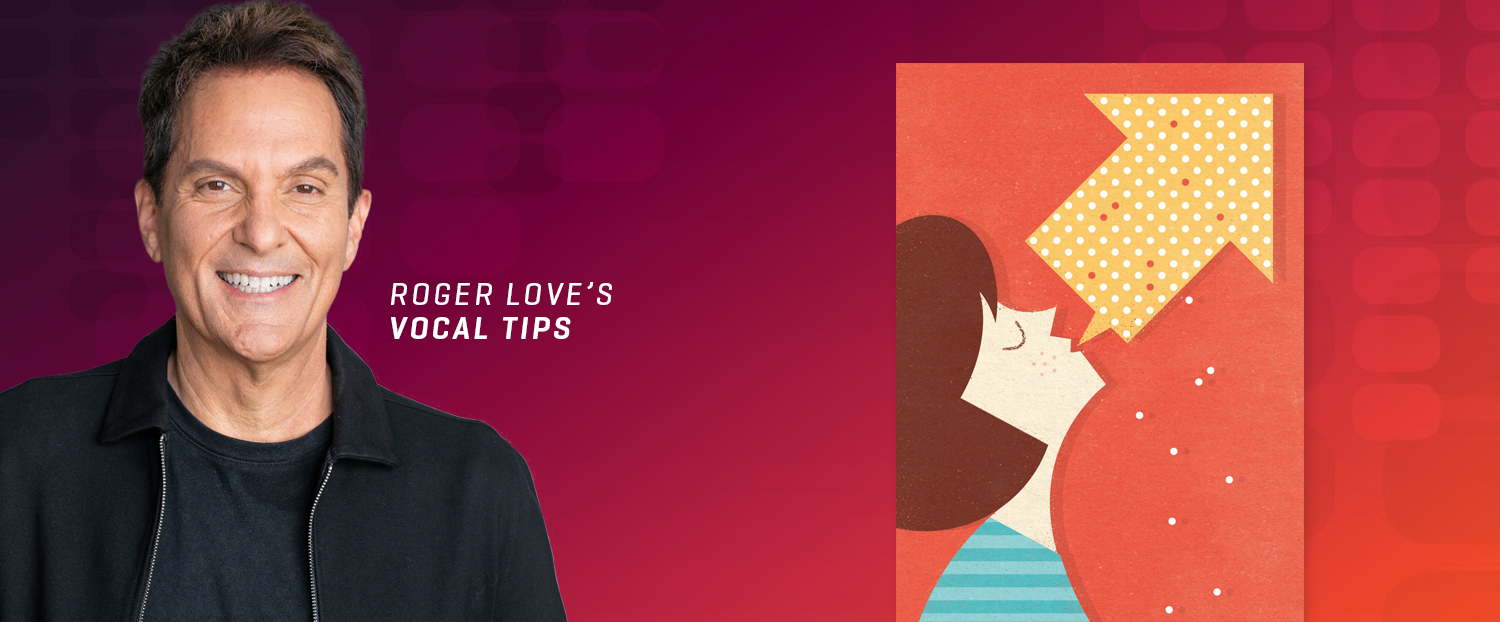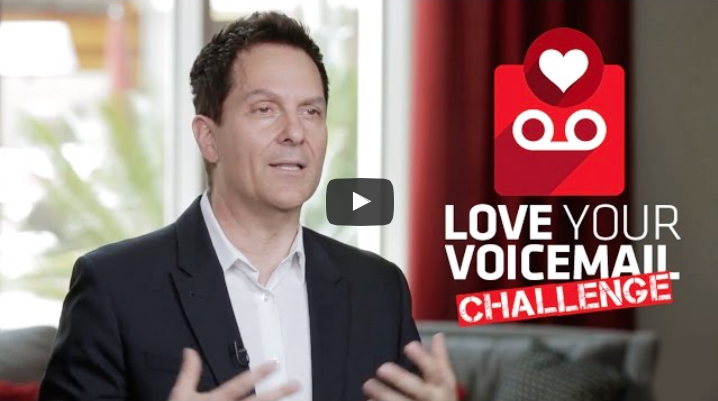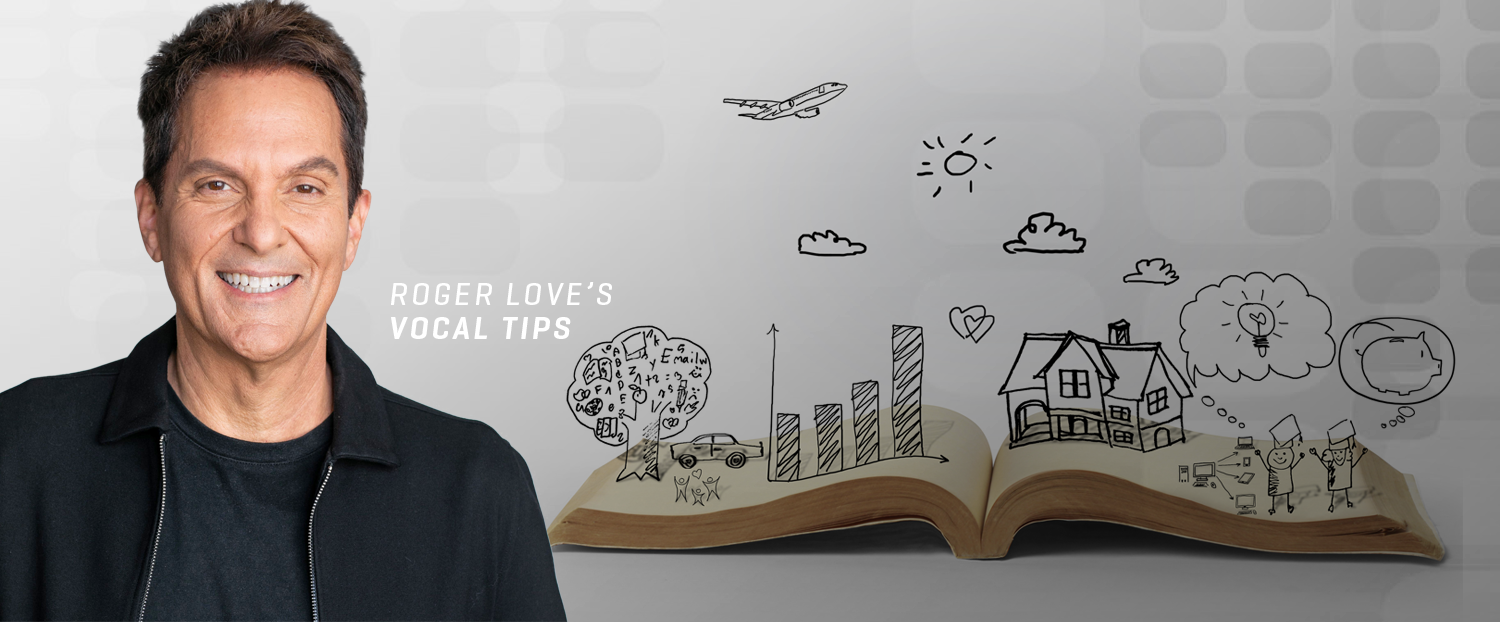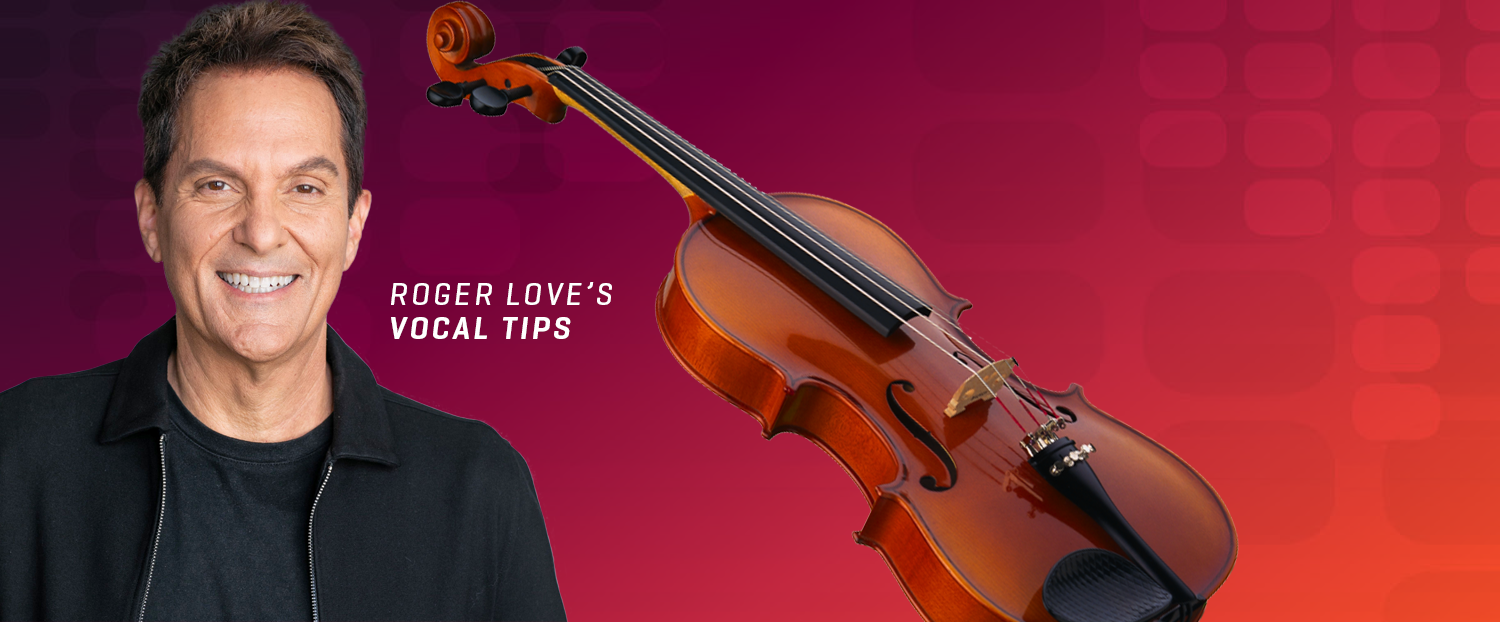You’ve probably heard the term Up Speak or Valley Talk in the media. Some people are saying that it’s a sign of weakness or insecurity, while others argue that it’s a valuable tool for communication. As someone who has dedicated his career to helping people improve their speaking skills, I wanted to weigh in on this debate.
First, let me acknowledge that there are some valid concerns about Up Speak. When used in the wrong way, it can make a speaker sound hesitant or unsure of themselves. This is the version of Up Speak that the media has been criticizing, and I can understand why.
However, there is another version that is often overlooked.
This version can actually make a speaker appear more engaging, interesting, and confident. It’s all about using the right intonation patterns at the right times, and it can be a powerful tool for connecting with your audience.
Click PLAY, turn up the volume, and learn about what I think the good side of up speak.







